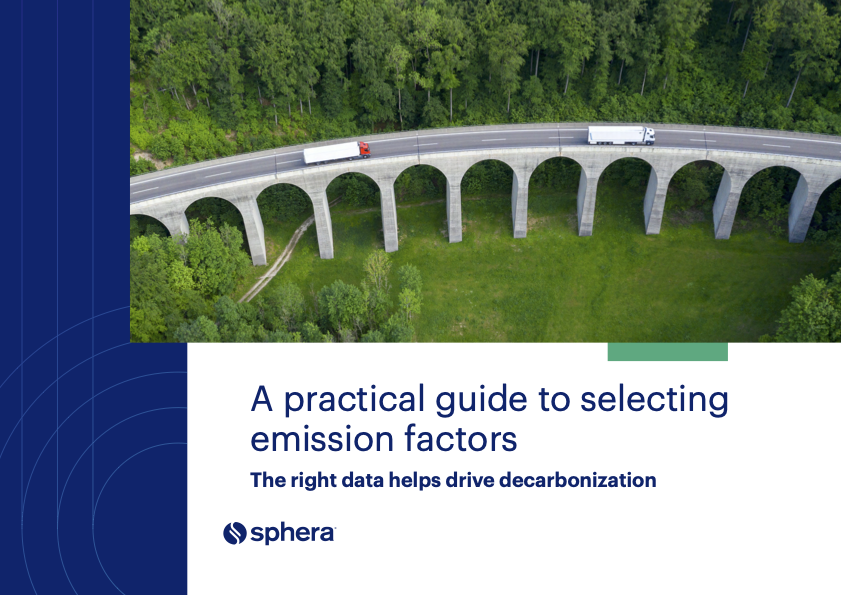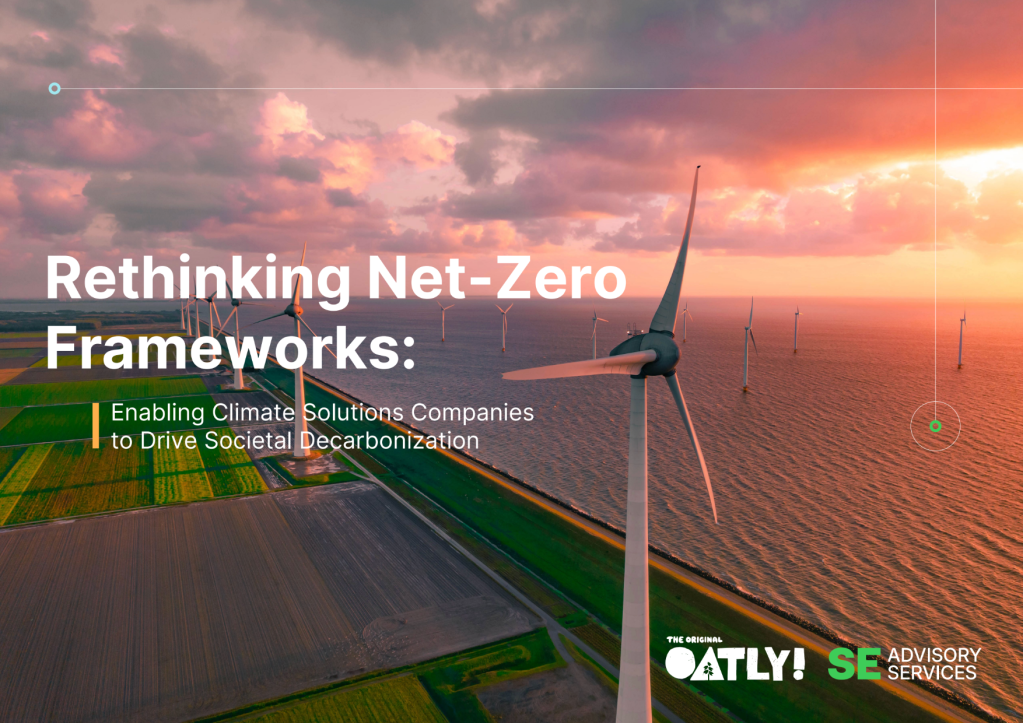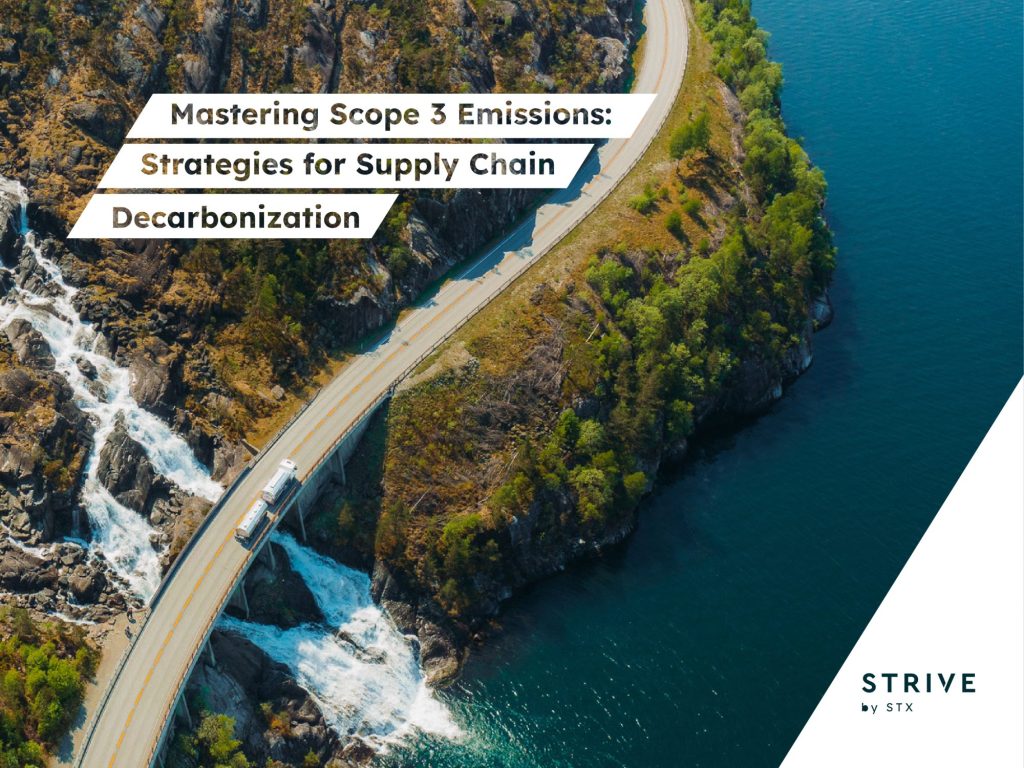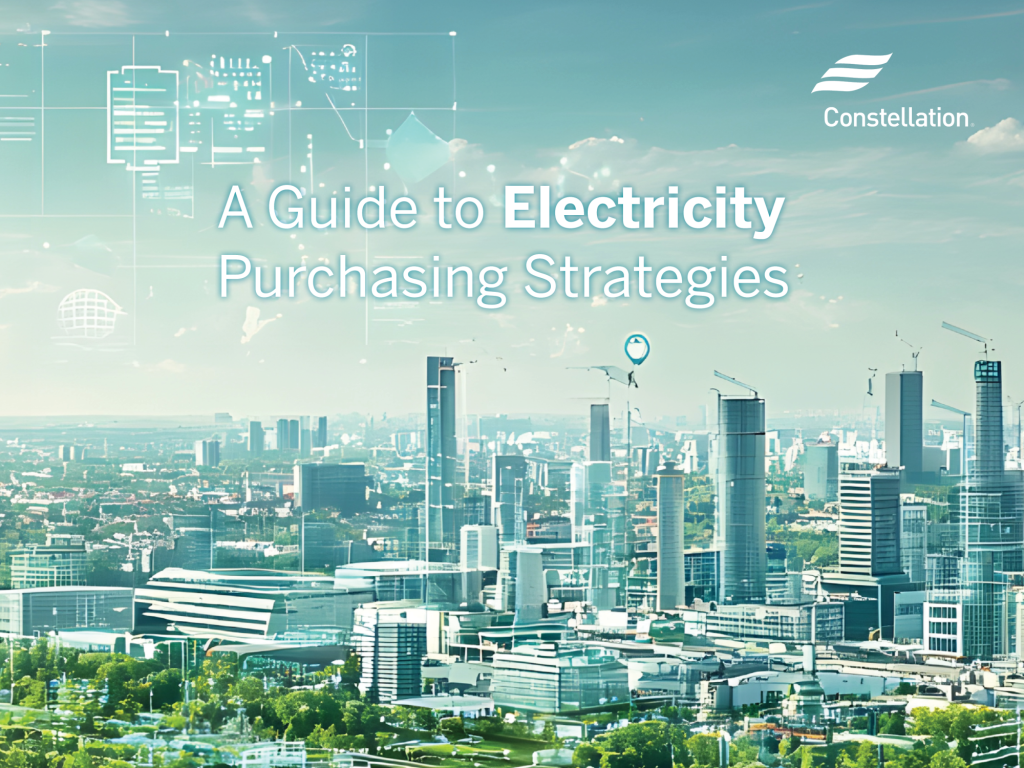What Spanberger’s win in Virginia means for the data center-energy debate
The state hosts the world's largest concentration of data centers — more than 600 facilities — and decisions made there will influence how others manage the collision between AI ambitions and energy costs. Read More
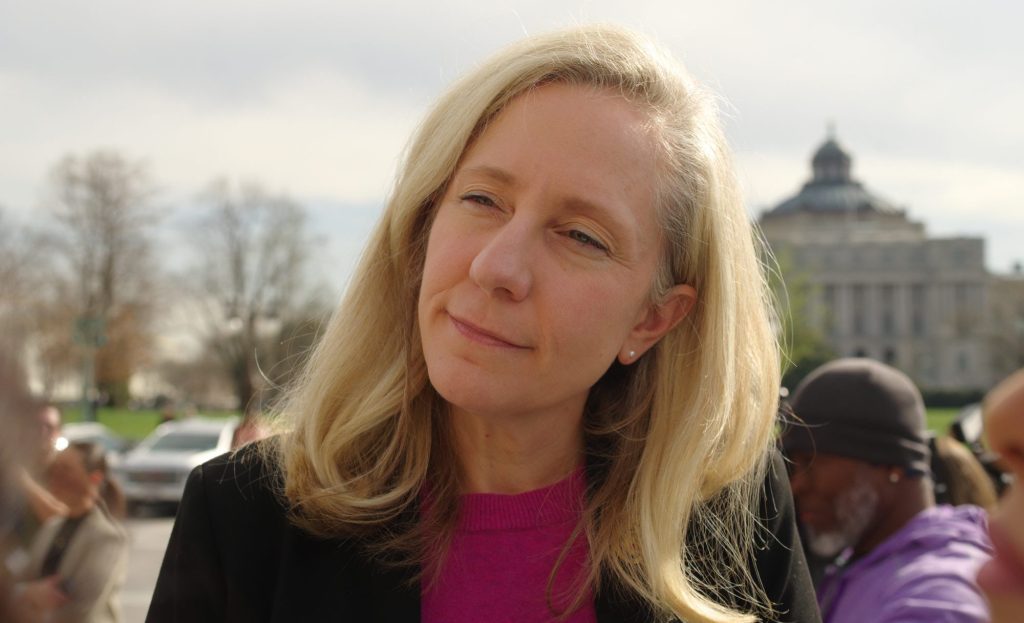
- Democrats gained full control of the state government on election day.
- Spanberger’s victory opens the way to more renewable energy investment in the nation’s largest data center hub.
- She is also likely to move to rejoin the Regional Greenhouse Gas Initiative, a carbon cap-and-trade market among 10 East Coast states
Democrat Abigail Spanberger’s victory in the Virginia governor’s race puts her at the center of a debate raging across the U.S.: How can the country stay ahead in the artificial intelligence race while shielding people from big energy bills and more pollution?
Spanberger, as part of her broader affordability agenda, promised to make data centers pay their “fair share” of power costs in Virginia — home to the world’s largest concentration of such facilities. To meet their voracious demand for electricity, Spanberger wants to accelerate clean energy projects, including solar, battery storage, offshore wind and small nuclear reactors.
How Spanberger tries to deliver on those promises will be closely watched by policymakers in other states where Big Tech is racing to build new AI data centers, as well as by companies trying to balance their digital footprint with sustainability goals. Microsoft, Amazon, Meta and Google all reported year-over-year increases in greenhouse gas emissions from 2023 to 2024, mainly due to the construction of new data centers and higher energy use for training AI models.
“A lot of states will be looking at what the Spanberger administration does, because there could be an energy-cost crisis here if this isn’t managed correctly,” said Brennan Gilmore, executive director of Clean Virginia, an advocacy group formed to counter the utility Dominion Energy’s influence in the state legislature. Clean Virginia donated $500,000 to Spanberger’s campaign.
Rising costs
Virginia has more than 600 data centers, with potentially dozens more on the way. Dominion Energy said this year that it has more than 40 gigawatts of power requested by data centers — double the company’s current peak demand. As a result, Dominion plans to spend about $50 billion between 2025 and 2029 to upgrade the power grid and build new energy resources, with about 80 percent going to carbon-free sources such as offshore wind and solar, and 20 percent on gas.
Spanberger and consumer advocates argue that it would be unfair to saddle regular customers with the bill, given that data centers are the primary driver of new power demand.
This year, Virginia regulators have already approved about $400 million in rate increases requested by utilities, according to an analysis by PowerLines, a nonprofit focused on lowering utility bills. The trend is playing out across the country. More than $34 billion in rate increases have been requested or approved so far in 2025 — more than double the same period in 2024 — affecting 124 million customers, the analysis showed.
Those increases aren’t solely attributable to data centers; utilities are upgrading aging power grid infrastructure, including transmission and distribution lines, said Mark Christie, director of the Center for Energy Law & Policy at William & Mary Law School.
“We’re really paying for capital assets,” said Christie, who previously served as chair of the Federal Energy Regulatory Commission. “That’s what’s driving the cost of power bills, not just in Virginia, but everywhere. I’m talking about transmission, distribution and generation.”
Consumer and clean energy advocates in Virginia said Spanberger has a good chance of enacting her agenda because Democrats gained full control of the state government on Election Day.
Here are three key issues to watch once Spanberger takes office in January:
Dominion’s data center case before Virginia regulators
Spanberger said she wants data centers to pay more for their power costs, but hasn’t offered specific policy proposals. (Her campaign did not respond to a request for comment for this article.)
During a debate in October, Spanberger said she’s watching what the Virginia State Corporation Commission, which regulates utilities, does in Dominion’s latest rate case. The utility wants large energy users, such as data centers, to pay a higher share of the costs of power generation, transmission and distribution upgrades.
“Pending the results of that case, as it moves forward, it may require action within the General Assembly to ensure that large utility users, like data centers, are paying their fair share for the energy that they consume,” Spanberger said.
Expanding solar and battery storage
Democrats will likely propose legislation to encourage clean energy projects at homes, businesses and industrial sites, said Gilmore of Clean Virginia. Spanberger endorsed the idea in her energy platform and said she also supports advanced energy technologies, such as small nuclear reactors, geothermal and hydrogen.
Her predecessor, Republican Gov. Glenn Youngkin, earlier this year vetoed several clean energy bills that would have encouraged smaller solar projects and directed utilities to triple energy storage over time. He argued that the technology was too expensive and the cost would be passed on to consumers.
Rejoining the Regional Greenhouse Gas Initiative
Virginia may also rejoin the Regional Greenhouse Gas Initiative (RGGI), a carbon cap-and-trade market among 10 East Coast states. The initiative — which requires utilities to pay for every ton of carbon dioxide they emit above a limit set by each state — is designed to encourage a shift from fossil fuels toward clean energy. The less utilities pollute, the less they spend. RGGI has raised billions of dollars since 2009, which states are required to invest in energy efficiency and climate resilience programs.
Opponents, including Youngkin, argue that RGGI is a tax on consumers because utilities pass the costs on through higher bills. He moved to withdraw Virginia from RGGI membership in 2022 via an executive order, but a federal judge ruled that he acted unlawfully.
Spanberger said she will “negotiate the best ratepayer deal” to rejoin the initiative and ensure the proceeds are used for energy efficiency projects “in line with Virginia statute.”

Subscribe to Trellis Briefing
Featured Reports

The Premier Event for Sustainable Business Leaders





